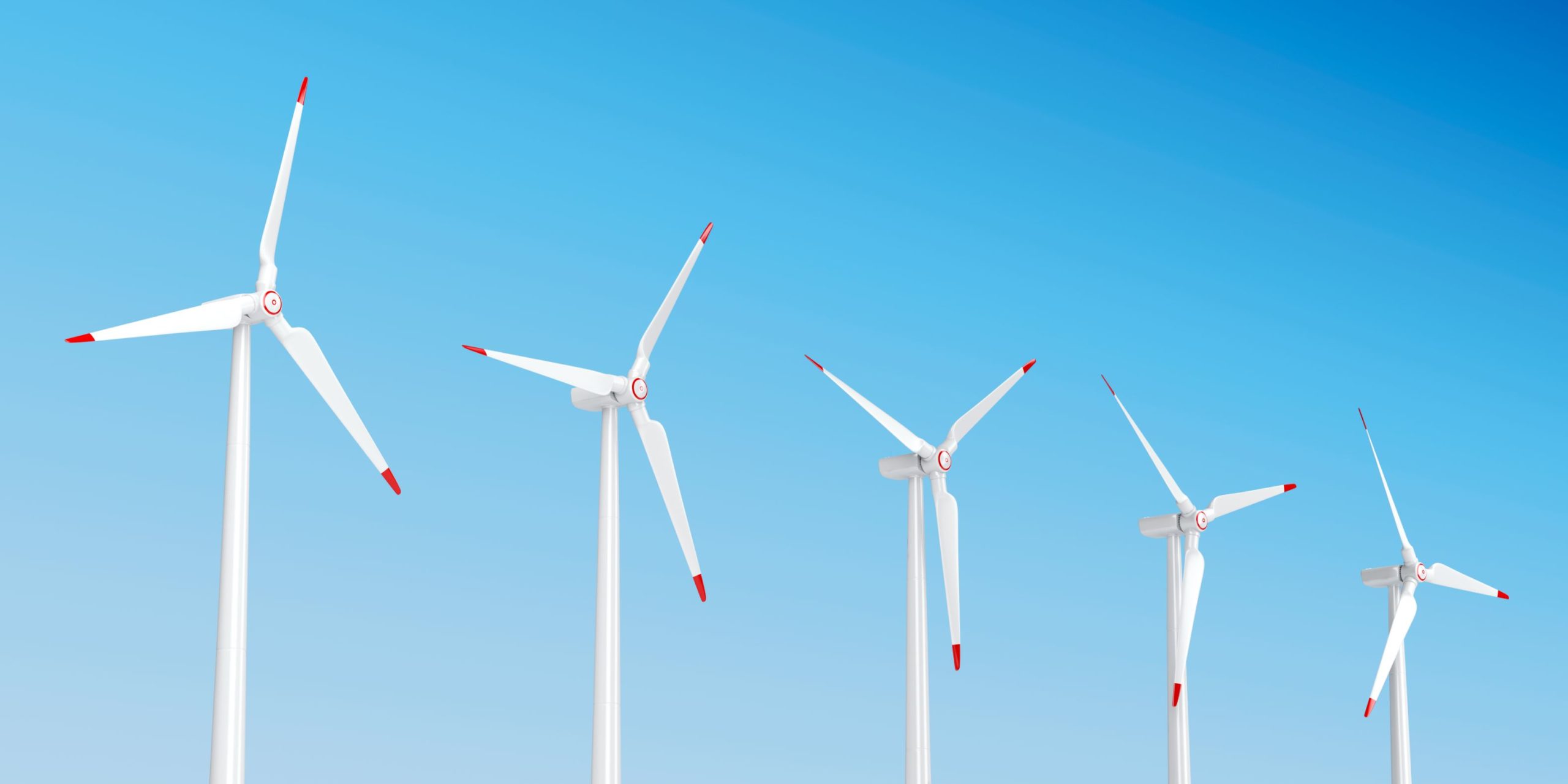What are Some Common Myths About Wind Energy?
Wind energy has been the subject of several myths and misconceptions that have been debunked by scientific evidence. Here are some of the most common myths about wind energy:
- Wind Energy Doesn’t Help To Stop Climate Change
- Wind Energy Is Inefficient and Unreliable
- Wind Energy Is Loud and Disruptive
- Wind Energy Is Dangerous to Birds
- Wind Energy Cannot Replace Fossil Fuels
- Wind Energy Is Harmful to Human Health
- Wind Energy Is Only Suitable for Certain Regions
Wind Energy Doesn’t Help To Stop Climate Change
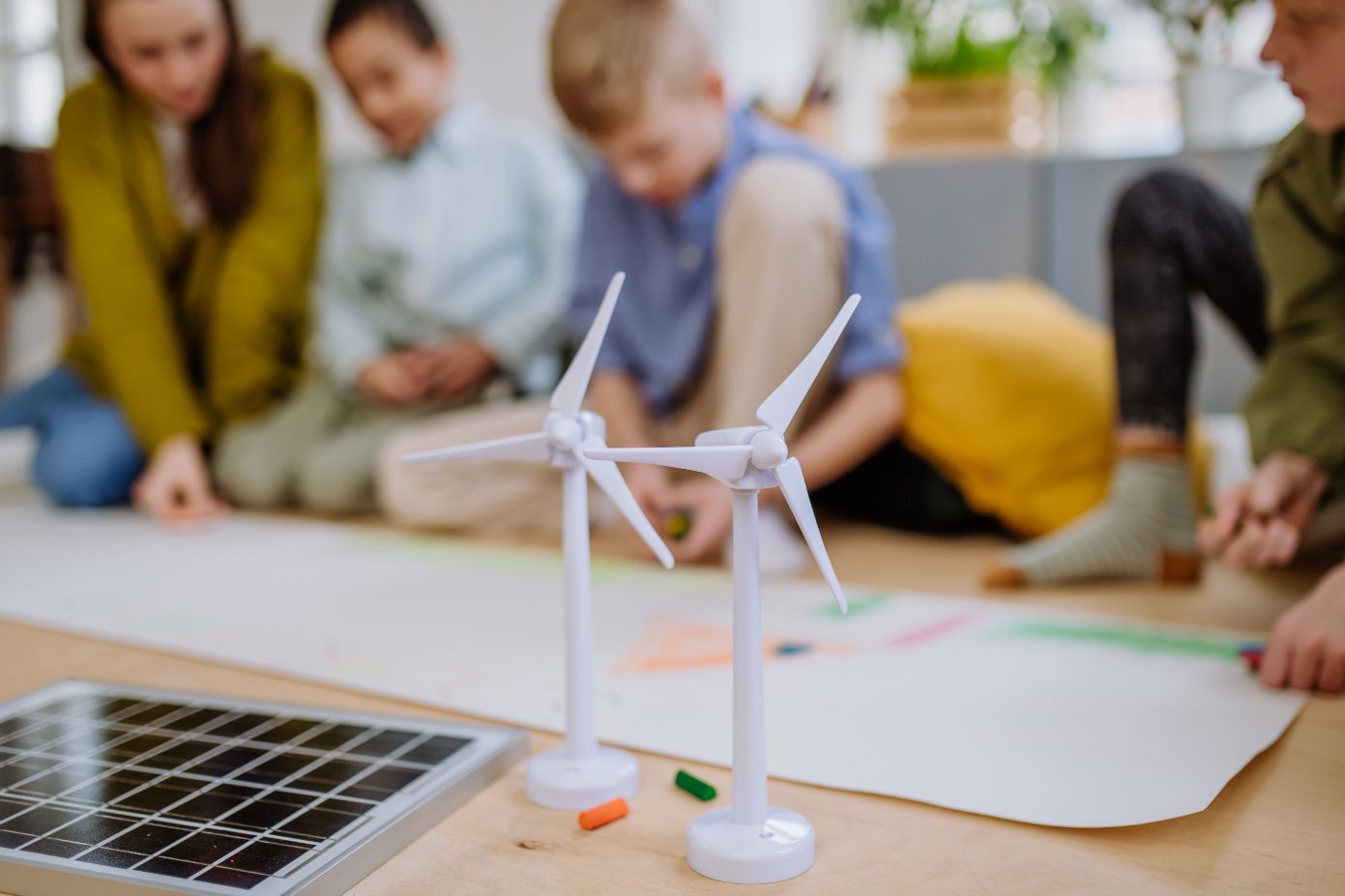
Wind energy can help to stop climate change, but it has some downsides. According to a study by Harvard researchers, the warming effect of wind turbines in the continental U.S. was larger than the effect of reduced emissions for the first century of its operation. This is because the warming effect is predominantly local to the wind farm, while greenhouse gas concentrations must be reduced globally before the benefits are realized. However, the same study found that wind power has enormously less climatic impact than coal or gas in the long run. Wind energy is a renewable energy source and does not release emissions that can pollute the air or water. Wind turbines may also reduce electricity generation from fossil fuels, which results in lower total air pollution and carbon dioxide emissions. Wind power is a reliable energy resource and can be combined with other renewables and a smart grid to stabilize energy prices and increase energy security while mitigating climate change. Replacing fossil fuel-reliant power stations with renewable energy sources, such as wind and solar, is a vital part of stabilizing climate change and achieving net zero carbon emissions. Wind energy is a renewable energy source that can help to mitigate climate change.
Here are some additional details on the topic:
- While wind energy is a clean source of energy, it does have some environmental impacts. As mentioned earlier, wind turbines can have a warming effect on the local environment, which can offset some of the benefits of reduced emissions. However, this effect is generally small compared to the benefits of wind energy in reducing greenhouse gas emissions.
- Wind energy is just one piece of the puzzle in mitigating climate change. While it can help to reduce emissions from the power sector, other sectors such as transportation and industry also need to transition to low-carbon energy sources.
- Climate change can also have an impact on wind energy. A recent study analyzed the impact of climate change on offshore wind energy over the North Sea and the Irish Sea, finding that changes in wind patterns and sea level rise could have a significant impact on the viability of offshore wind farms in these regions.
- Wind energy is a popular choice among Americans for addressing climate change. According to a recent Pew Research Center survey, 67% of U.S. adults prioritize the development of alternative energy sources such as wind and solar over increasing the production of fossil fuels.
- Wind energy has the potential to play a significant role in transitioning to a low-carbon economy. According to the Natural Resources Defense Council, wind, solar, hydro, and nuclear could account for as much as 80% of U.S. electricity by the end of this decade. However, this will require significant investment in renewable energy infrastructure and policy changes to support the transition.
Wind Energy Is Inefficient And Unreliable

It is inaccurate to say that wind energy is inefficient and unreliable. While wind energy has its downsides, such as the potential impact on wildlife and the landscape, it is a reliable and cost-effective source of renewable energy. Here are some points to consider:
- Wind power is a reliable energy resource that can be combined with other renewables and a smart grid to stabilize energy prices and increase energy security while mitigating climate change. Wind turbines can generate electricity in a wide range of wind conditions, and modern turbines are designed to operate efficiently even at low wind speeds.
- Wind energy is a cost-effective source of energy. According to a report by the International Renewable Energy Agency (IRENA), the cost of onshore wind power has fallen by around 70% since 2010, making it one of the cheapest sources of electricity in many parts of the world. Offshore wind power is also becoming more cost-competitive, with costs falling by around 30% in the last decade.
- Wind energy is a clean source of energy that does not release emissions that can pollute the air or water. Wind turbines generate electricity without burning fossil fuels, which means they do not produce greenhouse gas emissions that contribute to climate change.
- Wind energy is a popular choice among Americans for addressing climate change. According to a recent Pew Research Center survey, 67% of U.S. adults prioritize the development of alternative energy sources such as wind and solar over increasing the production of fossil fuels.
Wind Energy Is Loud And Disruptive
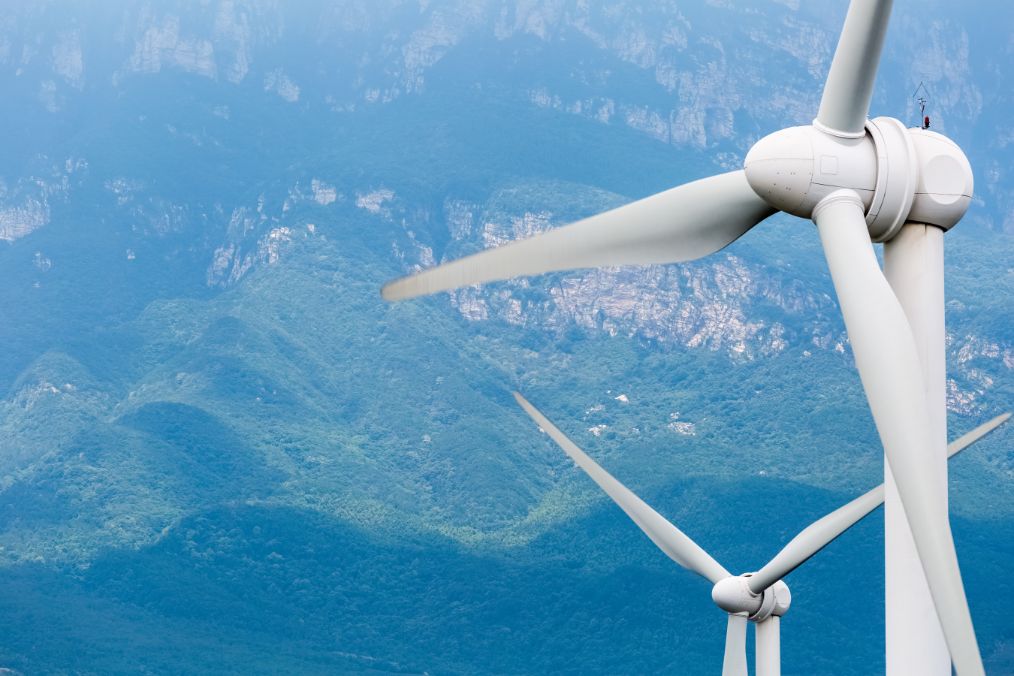
Wind energy installations are not typically loud and disruptive. While there are some concerns about the noise generated by wind turbines, modern turbines are designed to operate quietly and are typically sited far enough from homes that perceptible noise is minimal. Here are some key points to consider:
- According to a recent study by the National Renewable Energy Laboratory (NREL), modern land-based wind plants are capable of operating at very low noise levels. The study found that potential noise might block new projects, limiting the growth of this cost-effective source of clean energy.
- Wind turbines generate several types of sounds, including a mechanical hum produced by the generator and a “whooshing” noise produced by the blades moving through the air. The presence of wind turbine sound can depend on atmospheric conditions, including airflow patterns and turbulence, as well as a person’s ability to perceive the sound, which varies based on site-specific topography and the presence of other nearby sources of sound.
- Most modern residential wind turbines create a sound that is only slightly above the ambient wind noise and under most wind conditions, a small wind turbine that meets certification requirements does not create a significant amount of noise.
- On average, land-based, utility-scale (large) wind turbines produce sounds that fall in the range of 35-45 dB when heard from 300 meters away, which is the closest distance a wind turbine is typically placed to home. To put that in context, the average air conditioner can reach 50 decibels of noise, and most refrigerators run at around 40 decibels.
- While there are some concerns about the impact of wind turbines on wildlife, studies have shown that the impact of wind turbines on bird populations is generally small compared to other threats such as habitat loss and climate change. Industrial agriculture is a much bigger threat to birds than wind turbines.
Wind Energy Is Dangerous To Birds
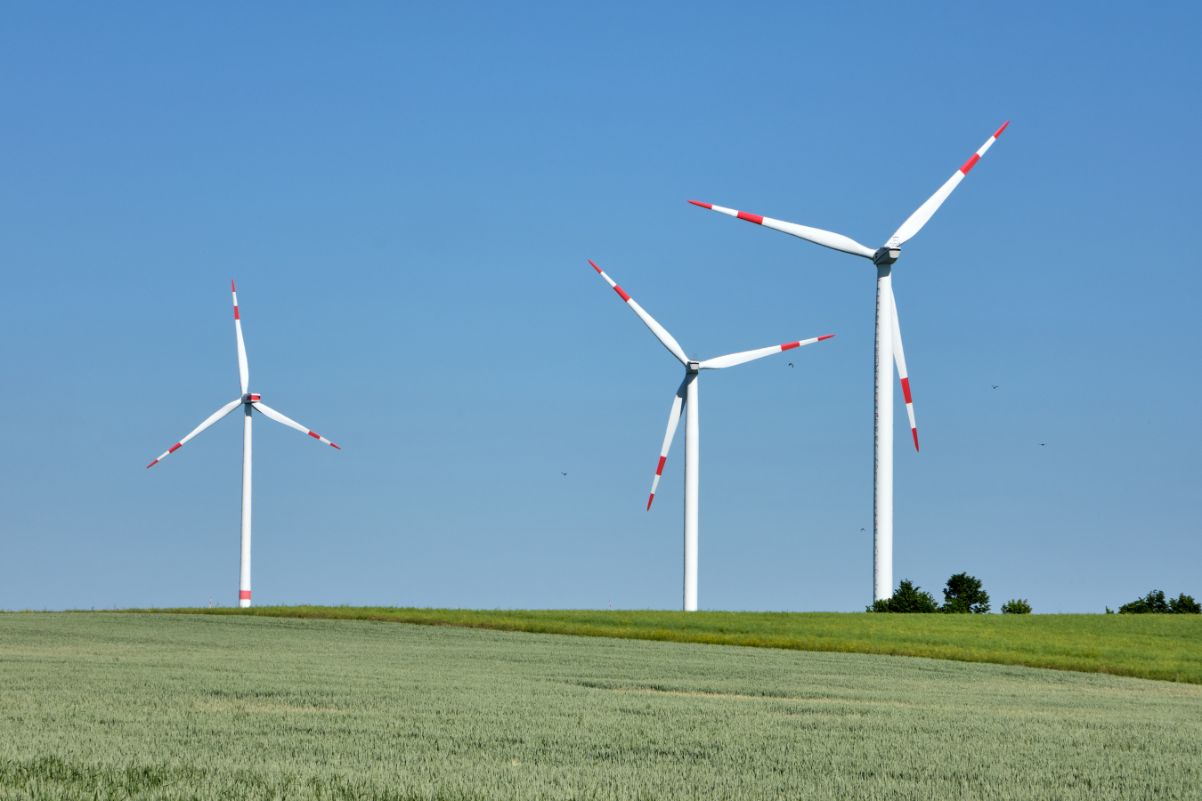
Wind energy installations have been a topic of concern for many people, particularly with regard to their impact on bird populations. However, the evidence suggests that wind energy is not a significant threat to bird populations overall. While wind turbines can pose a risk to birds through direct collisions with turbines and other structures, including power lines, the impact is generally small compared to other human-caused threats such as habitat loss, climate change, and industrial agriculture.
According to a study from the U.S. Fish & Wildlife Service, millions of birds die each year as a result of human activities, with direct causes of death including being hit by cars, flying into tall structures, or being eaten by domestic cats. Indirect causes include habitat destruction, disruption of ecosystems, and human-caused changes in climate and weather patterns. While wind turbines can pose a risk to birds, they are not a significant threat to bird populations overall. According to a recent study by the American Bird Conservancy, wind turbines account for less than 1% of all human-caused bird deaths in the United States.
Concerns are often raised about the potential impact of renewables, particularly wind farms, on birds and other wildlife. Indeed, wind farms and power lines can pose a threat to birds through collision and electrocution, habitat loss, and disturbance.
The impact of wind turbines on bird populations can be mitigated through careful planning and siting of wind farms. For instance, larger, slower-to-reproduce bird species like vultures, bustards, grouse, storks, cranes, eagles, and certain water birds like swans are disproportionately affected by collisions with wind turbines and power lines
While wind turbines can pose a risk to birds, they are not a significant threat to bird populations overall. In fact, wind energy can actually help to mitigate climate change, which is a much greater threat to bird populations than wind turbines. According to Ørsted, wind turbines pose only a tiny danger to bird life, while climate change threatens many species with extinction. Wind power is an important way to fight climate change and protect bird populations.
While wind energy installations can pose a threat to birds, the impact is generally small compared to other human-caused threats such as habitat loss, climate change, and industrial agriculture. Careful planning and siting of wind farms can help to mitigate the impact on bird populations, and wind energy can actually help to mitigate climate change, which is a much greater threat to bird populations than wind turbines.
Wind Energy Cannot Replace Fossil Fuels

Wind energy has the potential to replace fossil fuels as a primary source of energy, but it is limited in its capacity to do so. While wind energy is a reliable and cost-effective source of renewable energy, it cannot single-handedly replace fossil fuels. Here are some key points from the search results:
Advantages of Wind Power:
- Wind power is a domestic resource that enables U.S. economic growth. In 2022, wind turbines operating in all 50 states generated more than 10% of the net total of the country’s energy. That same year, investments in new wind projects added $20 billion to the U.S. economy.
- Wind power is a clean and renewable energy source. Wind turbines harness energy from the wind using mechanical power to spin a generator and create electricity. Not only is wind an abundant and inexhaustible resource, but it also provides electricity without burning any fuel.
Limitations of Wind Power:
- Wind and sunlight cannot be transported, and while renewable energy resources are available in many areas, the best resources are frequently located at a distance from load centers, thus, in some cases, increasing connection costs.
- Wind turbines require massive amounts of steel and concrete, which have environmental costs. Just the steel required for wind turbines would represent 34.0 percent to 51.4 percent of the annual present capacity of the entire global steel industry. In other words, a renewables-only future would require building more steel capacity in the short term, and perhaps into the future—costs that are ignored in the analysis.
- Wind turbines are not suitable in urban areas, and so must be built in remote windy areas or out at sea.
Renewable energy sources such as wind, solar, hydro, and nuclear could account for as much as 80% of U.S. electricity by the end of this decade. However, this will require significant investment in renewable energy infrastructure and policy changes to support the transition. Wind energy is a reliable energy resource that can be combined with other renewables and a smart grid to stabilize energy prices and increase energy security while mitigating climate change. Wind energy has enormous potential, but it cannot replace fossil fuels entirely. Wind energy must be combined with other renewable energy sources, such as solar, hydro, and nuclear, to meet the world’s energy needs. Ultimately, there is no single renewable energy source that can single-handedly replace fossil fuels. What’s required is a thoroughly thought-out combination of renewable energy sources to meet the world’s energy needs.
Wind Energy Is Harmful to Human Health
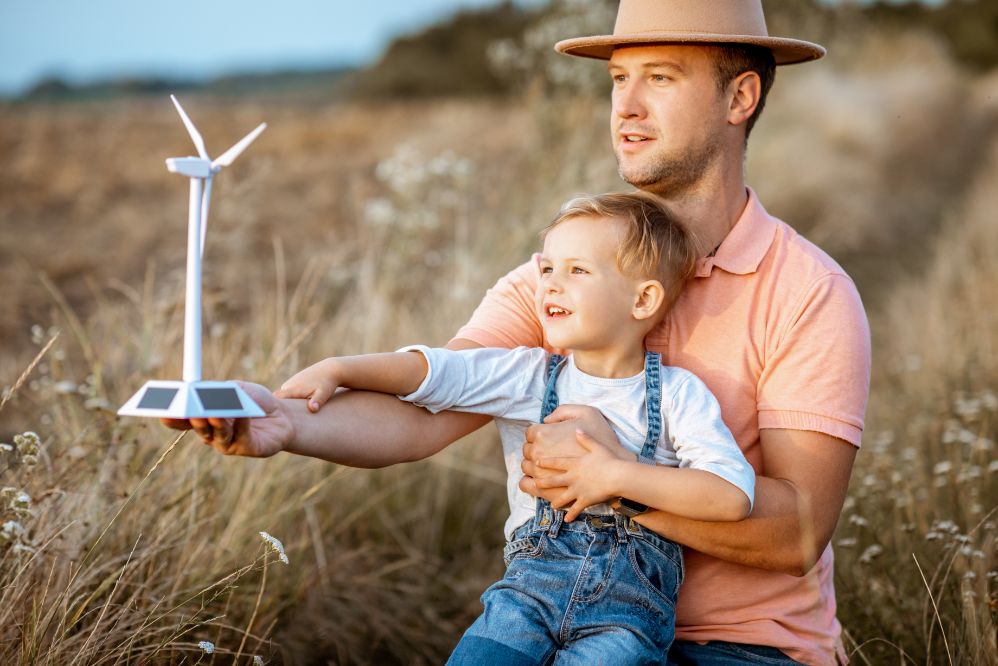
There are several concerns and claims that suggest wind energy may be harmful to human health. One of the primary concerns is Wind Turbine Syndrome, which is a theory that wind power endangers the health of people who live near wind turbines. Reported symptoms include headaches, nausea, sleep disturbances, and other health problems. However, there is little scientific evidence to support this theory. In addition, opponents claim that the infrasound generated by wind farms is damaging to human health. However, studies show wind farms generate significantly less infrasound than car traffic. In line with the latest research, experts have therefore ruled out damage caused by wind farm infrasound. Some argue that reported health effects are related to wind turbine operation, including electromagnetic fields (EMF), shadow flicker, audible noise, low-frequency noise, and vibration. However, there is little scientific evidence to support these claims.
Another concern is that wind turbines can be seen as a blight on the landscape, and some people may find them unsightly. Wind turbines are typically located in remote or offshore areas, where they are less visible. Wind turbines can pose a risk to wildlife, including birds and bats. Studies have shown that the impact of wind turbines on bird populations is generally small compared to other threats such as habitat loss and climate change.
While there are concerns and claims that wind energy may be harmful to human health, the evidence suggests that wind energy is a safe and reliable source of renewable energy. While wind turbines can be seen as a blight on the landscape, they are generally sited in remote areas or offshore where they are less visible.
Wind Energy Is Only Suitable for Certain Regions

Wind energy is a viable source of energy in a broad range of locations, but there are some factors that can affect its viability. According to a review of North American research on public acceptance of wind power projects, North American support for wind power has been consistently high. Furthermore, a study conducted in a Mediterranean region of Spain revealed that the way people perceive the landscape in such areas is not influenced by the positioning of wind farms, the visibility of wind turbines, or the number of turbines present. Nonetheless, there exist certain limitations to the use of wind energy.
One limitation is that large-scale wind power would require more land and cause more environmental impact than previously thought. The warming effect of wind turbines in the continental U.S. was actually larger than the effect of reduced emissions for the first century of its operation. This is because the warming effect of wind farms is primarily local, while the global reduction in greenhouse gas concentrations is necessary for benefits to be realized.
Another limitation is that wind resources can significantly vary depending on local site characteristics such as trees, hills, and buildings. Wind turbines are not suitable in urban areas, and so must be built in remote windy areas or out at sea.
After dissecting and dispelling several common myths about wind energy, we can see that this technology isn’t just an integral part of the clean energy future but also one of the primary solutions in the global effort to combat climate change. Despite doubts and uncertainties, facts and evidence indicate that wind energy is an efficient, environmentally friendly, and reliable energy source.
Discover more facts about wind energy and its crucial role in addressing climate change. Visit our website now for in-depth guides, case studies, and resources that will help you understand the potential of wind energy and how you can contribute to a more sustainable future. Together, we can make a difference!

